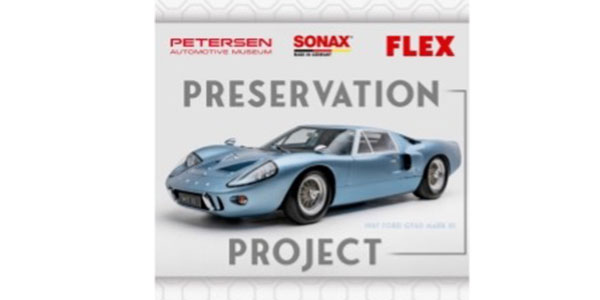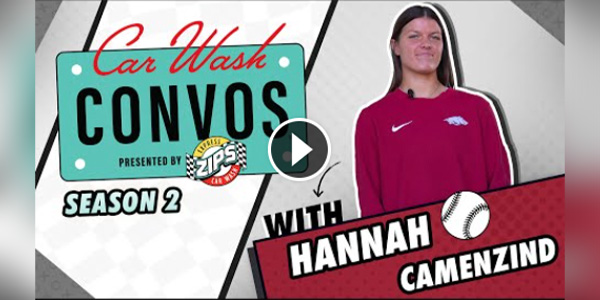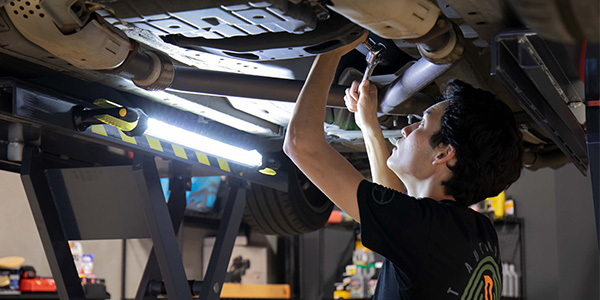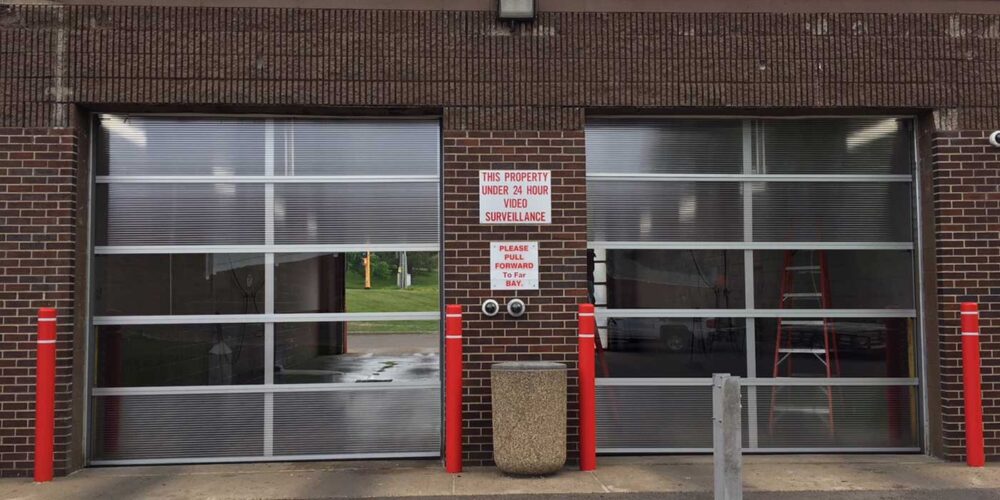Selecting a wash style — express exterior, flex-serve or full-service — encompasses more than just market demographics and competitive landscape; it involves defining investment strategy and management preferences. In particular, the flex-serve style and its principles can help control customer sharing, put labor where margin makes sense, and balance volume and staffing as traffic dictates. Flex-serve: A combination of offerings Although there are hundreds of variations, the typical flex-serve carwash is the combination of express exterior and full-service offerings on one property. The foundation of this style is an express-exterior conveyorized tunnel that requires no manual prepping and produces a clean, shiny, and completely dry car with virtually no labor. Optional exterior services such as tire shine and bug removal are performed on-line via computer-controlled equipment. Customers select a base wash package, typically at the automated computer attendant, and can then add additional aftercare services. Wash customers stay in their vehicle throughout the process. Exterior-only customers immediately exit, often passing vended vacuum stations. Customers that purchase off-line services follow directional signage to an aftercare center where an attendant takes their car while they wait in a lobby. Customer sharing With any business, the owner will always share customers with competitors. There are times when even the most loyal customer will go elsewhere: The problem facing many full-serve washes today is that rising labor costs are forcing reduced hours of operation at peak times on ideal weather days when it makes the most sense to be open. For a customer, this raises the cost of the wash, the wait time when open, and forces them to fit their schedule to the wash. Customers are increasingly supplementing their full-serve regiment with the growing number of in-bay automatics and express exterior tunnels. The flex-serve location style combats customer sharing by offering multiple specialties or services on the same property. When executed correctly, it can offer customers a wash that they feel in control of both time and money spent to get a clean car. The management issue There is one catch — management. With express exterior, the wash process is automated with relatively straightforward management and training for a small staff. In full-serve, training is relatively straightforward, but management of a large number of manual laborers is difficult and often strenuous. In flex-serve, the wash process is automated, identical to an express exterior, but training and management is both difficult and complex. Labor margin sense The base flex wash price — which averages between $3 and $7 — is less than the typical exterior-only option at a full-serve. As with an express exterior, customers can select higher wash packages at the automated attendant, with tire shine, wheel cleaning, triple foam, and other extra exterior services delivered by automated equipment online. Since there is no labor, the wash can remain open even when the weather is not ideal and for longer hours. Increased hours of operation, shorter wait times, and lower price points can increase customer wash frequency and spread that volume more evenly throughout the week. Flex and express, what’s the difference? The flex model breaks away from the express exterior because in express, the customer has no interior option and exits into free vacuum bays for self-serve interior cleaning. In flex, the customer can exit directly, normally past vended vacuums, or quick interior and exterior services, requiring 15 minutes or less to complete. If space permits, additional detailing options can be offered that demand greater than 15 minutes. This is not the same as full-serve, where the object is to get every customer to purchase as many extra services as possible. A properly executed flex-serve manages and adjusts aftercare service pricing to maintain controlled flow through the property; this puts labor where margin makes sense. There are differing opinions as to the exact mix and ratio, but a good rule of thumb to start your planning with is that you want 30 percent of all exterior customers to purchase aftercare services with 25 percent or less of gross revenue going to labor cost. Three set-up options If a wash owner is serious about building a flex-serve, he/she should contact their equipment manufacturer, who can assist in making the calculations and design the site layout correctly. The basic concept revolves around teams of employees working in cells that can easily scale up and down for changing volume requirements and service levels. The first issue is determining the base number of cells needed, directly related to the anticipated average traffic flow. 1. Two attendants: If the owner’s analysis has determined the wash will operate 60 hours-per-week and he or she anticipates washing 10,000 cars-per-month, the average cars processed per hour would be 38-40. The planned pricing will convert 30 percent to aftercare services that take an average of 15 minutes each. If you do the math, an average of 12 customers will purchase aftercare services per hour. Since a typical cell with two attendants is designed to process four, 15-minute services every hour, three cells are needed to process 12 interior services. 2. Four attendants: If space is limited, another alternative is to design four-attendant cells with four vacuum drops, four air supply lines, and supplies available for all attendants. Although four-attendant cells can cut both processing time and cell requirements in half, there is a greater training and management component to keep the four-attendants working in unison. 3. Combination: Most operators will, at minimum, double the number of required cells to scale up during peak operating times. In this scenario, the site would need at least six, two-attendant cells or three, four-attendant cells and a staffing plan to shift permanent team members to vacant cells supplemented with temporary staff as traffic concentration changes. Time savers Every second you can save your team members through careful design will increase service quality and the team members’ ability to identify and propose additional services to waiting customers. A. Supplies: Every cell should contain all supplies. No employee should have to walk more than half the distance of the vehicle to get them. Every item, whether it is an applicator, chemical, or towel, is organized in a supply lane that leads directly to the customer waiting area. All supplies are available at each cell and have a visible signal alerting the need to replenish them. For example, a colored board is installed between stacked towels at a height of four towels. Team members simply use towels as needed, when only three remain; the board is visible and signals the need to replenish them. B. Equipment: Be sure to place all equipment in each cell. All vacuuming, air supply, chemical dispensing, and detailing equipment must be available to all team members simultaneously. This can be accomplished using carts and benches, or by delivering air and vacuum lines to each cell and dispensing chemicals from ceiling mounted storage troughs with drop down applicators. Organization An owner will normally staff with a core team to handle 90 percent of the average aftercare volume. Each member of the core team must be cross-trained to perform all services and two-to-four members work as a team in each cell. Shifts are staggered throughout the day to begin and end so that the greatest concentration of staff occurs at the peak hour of each day — similar to a bell curve. As volume increases, additional cells become active, appropriate for the season and day of the week. When volume exceeds the labor available with the core staff, a temporary employee is paired with one team member in an empty cell to increase production capacity. Many new locations design aftercare cells with equipment, vacuum, and airdrops to accommodate four attendants. The improved flexibility allows the manager to increase production efficiency and use available cell space to perform detailing services that exceed 15 minutes. Maximized profits The flex-serve style of carwashing is an exciting design that maximizes profit opportunities at an automatic carwash. It capitalizes on equipment advancements in automated prepping and extra service application to create an environment that satisfies a wider group of customer needs. Anthony Analetto has over 25 years of experience in the carwash business and is the Chief Operating Officer of SONNY’S The Car Wash Factory. Before coming to SONNY’S Anthony was the director of operations for a 74-location national carwash chain. Anthony can be reached at [email protected].
The purpose and function of carwash doors
Professional, modern equipment can make a huge impact.
photo: Airlift Doors Inc.
Professional carwash doors play vital roles in maintaining wash quality, safeguarding equipment, regulating flow and ensuring security during the business’ off-hours. Leading vinyl and polycarbonate doors not only reduce noise from carwash equipment, enhancing safety and comfort for employees and customers, as well as neighbors, but they also contribute to a pleasing aesthetic and offer branding opportunities for operators.
Fermata Energy, BorgWarner partner on bidirectional EV charging
Together, the companies are accelerating ongoing efforts to integrate bidirectional charging capabilities with a variety of automotive OEMs.
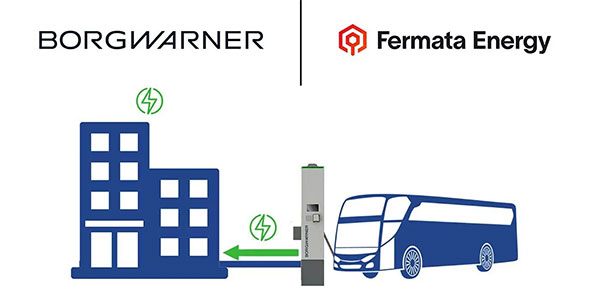
At ISTOBAL USA: booth 1335
NASHVILLE, Tenn. — Be sure to check out ISTOBAL’s equipment and much more while at The Car Wash Show™.
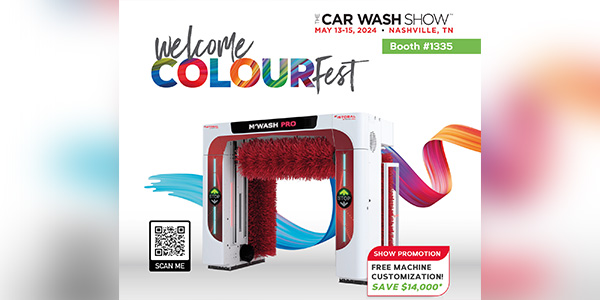
Mobile carwash market continues to grow
Convenience and e-commerce are increasing in appeal in today’s world when it comes to mobile carwashes.
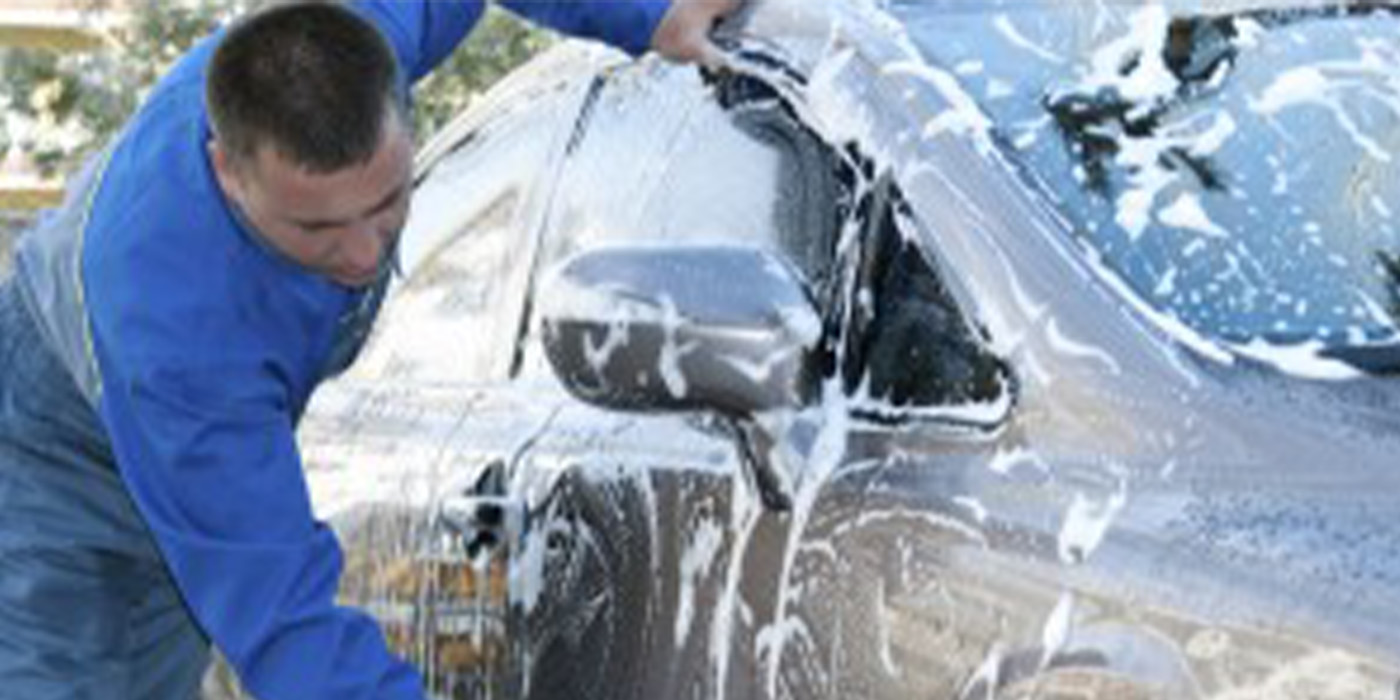
Car detailing in the heat: essential tips
Learn how to mitigate the challenges posed by intense heat, from timing your sessions to choosing the right products.
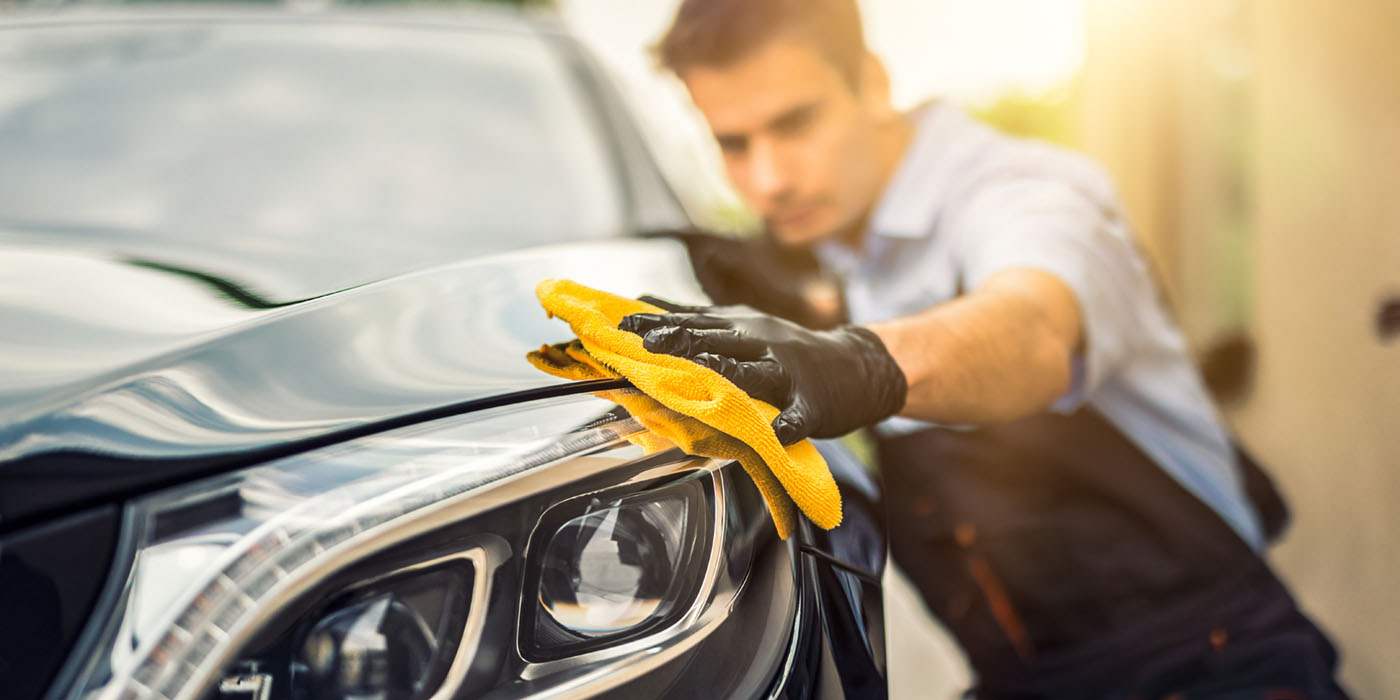
Other Posts
PRT launches 7 new products on Complete Strut Assemblies
The new items come to expand the PRT portfolio in the North American market and represents nearly 4 million vehicles in new coverage.
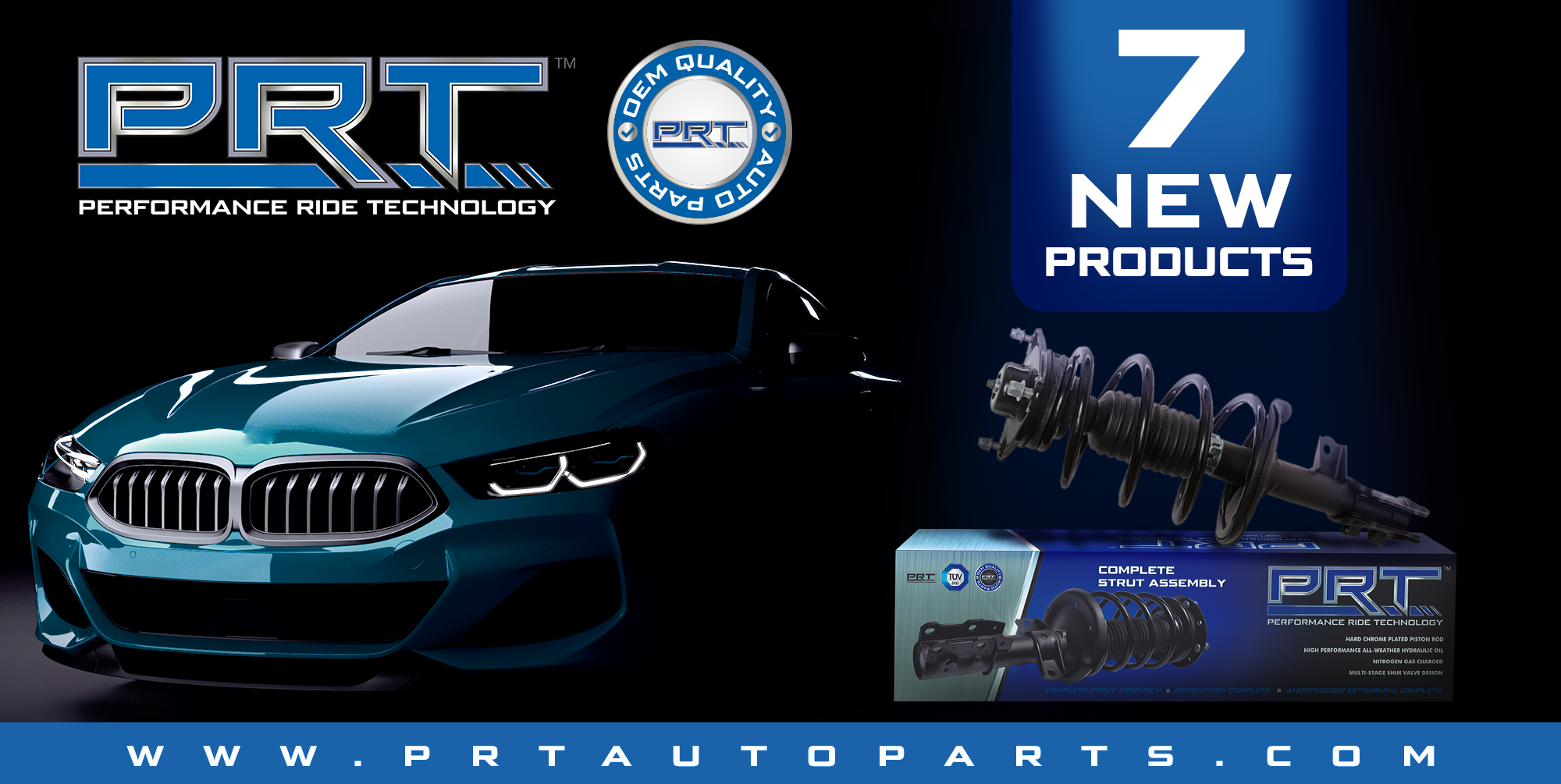
Charging ahead with EVs
Do EV charging stations make ROI sense for carwash operators in 2023?
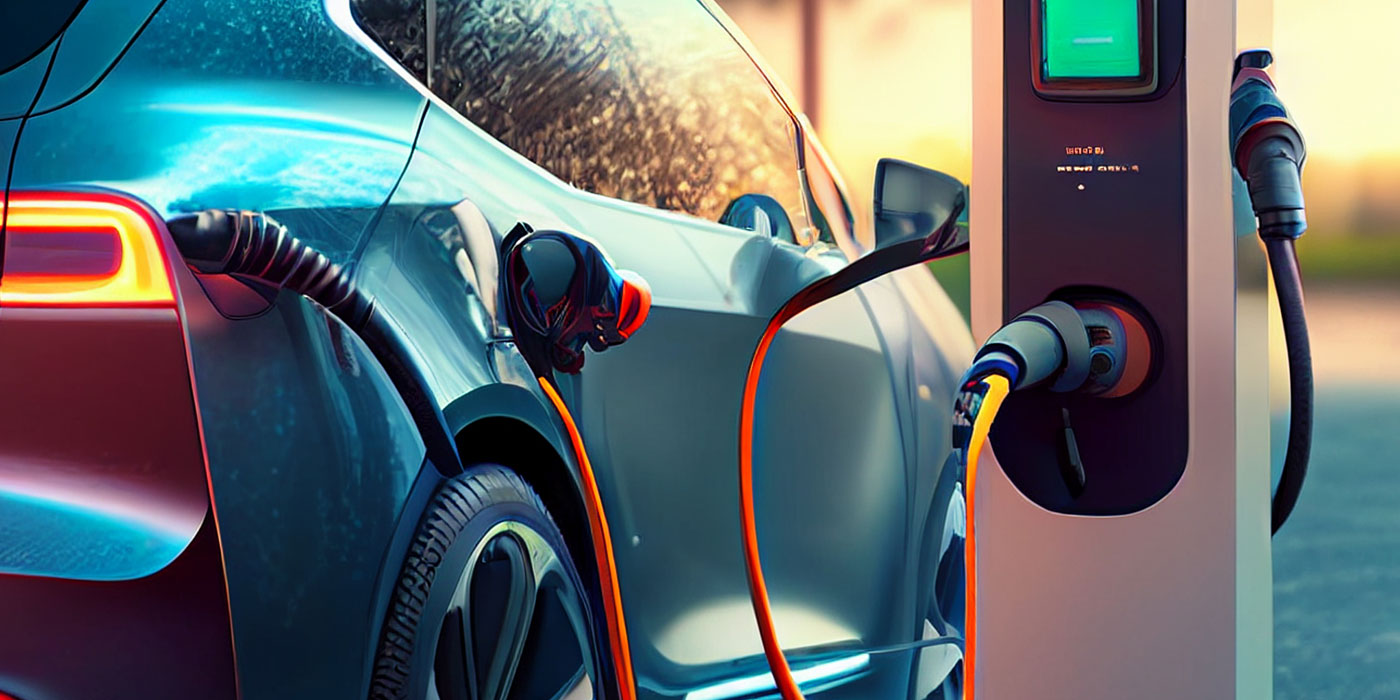
Can you detail an EV on a lift?
This new class of vehicles requires special considerations.
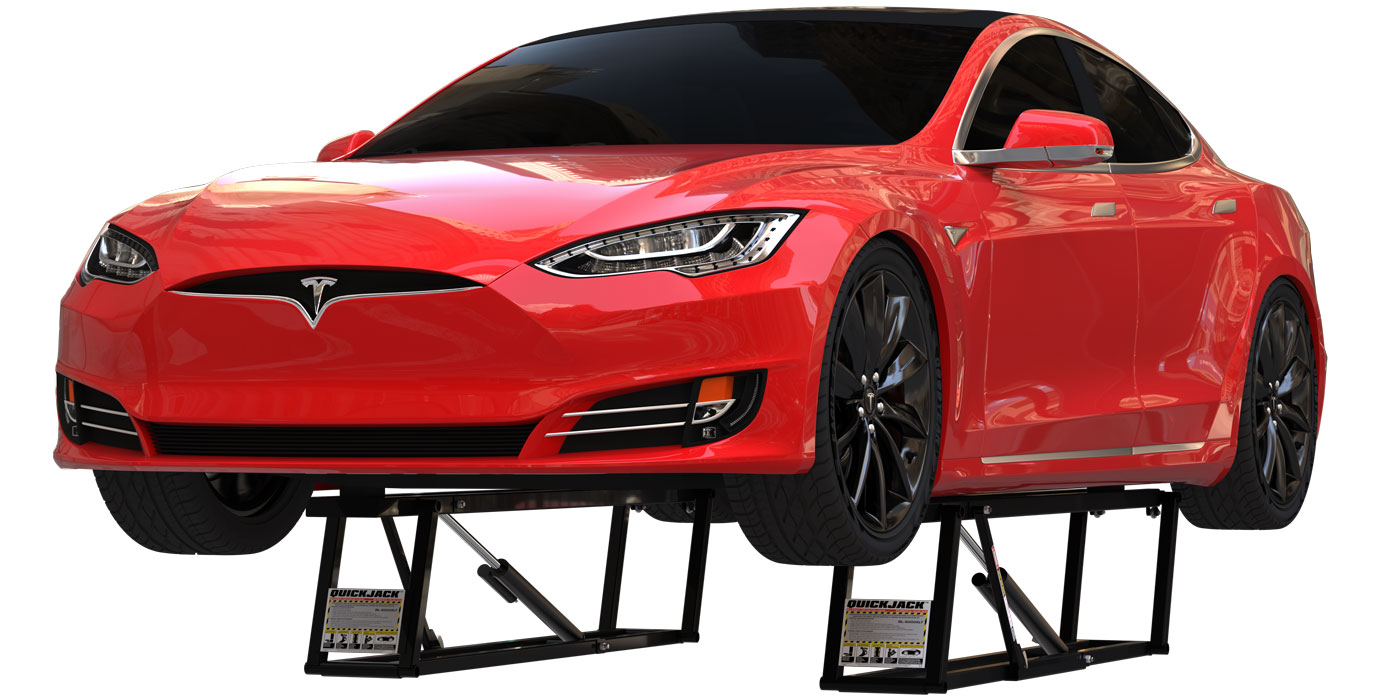
Master detailer leads preservation project team to Petersen Automotive Museum
LAGUNA HILLS, Calif. — The team cleaned and prepped six classic vehicles for a museum preservation project.
